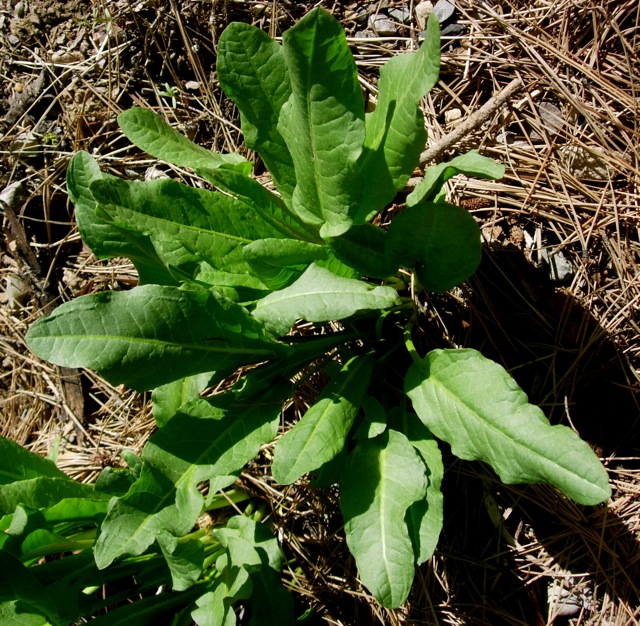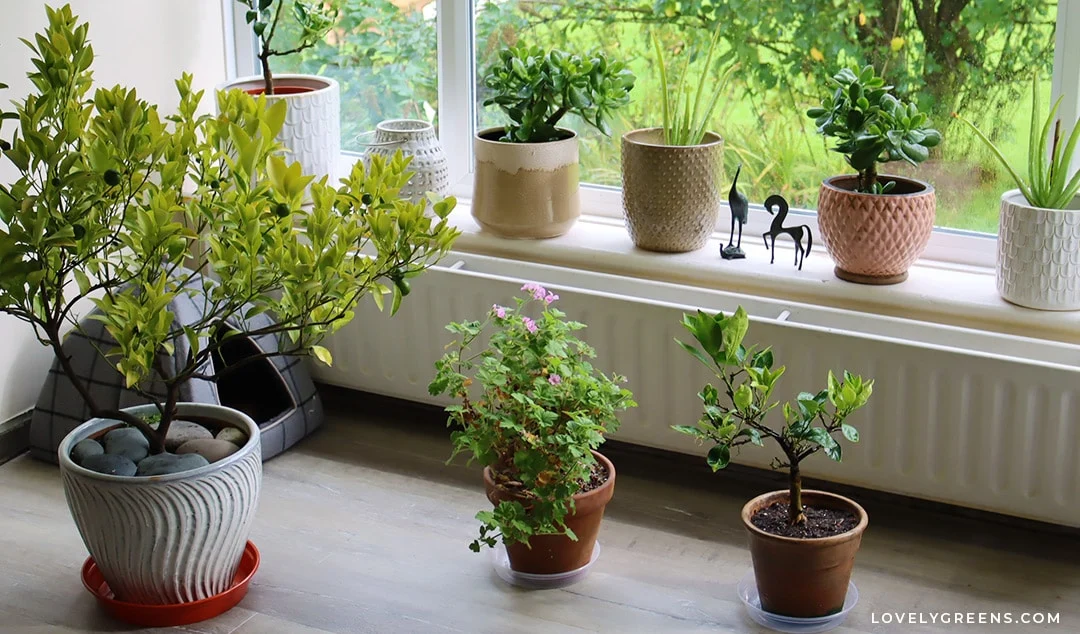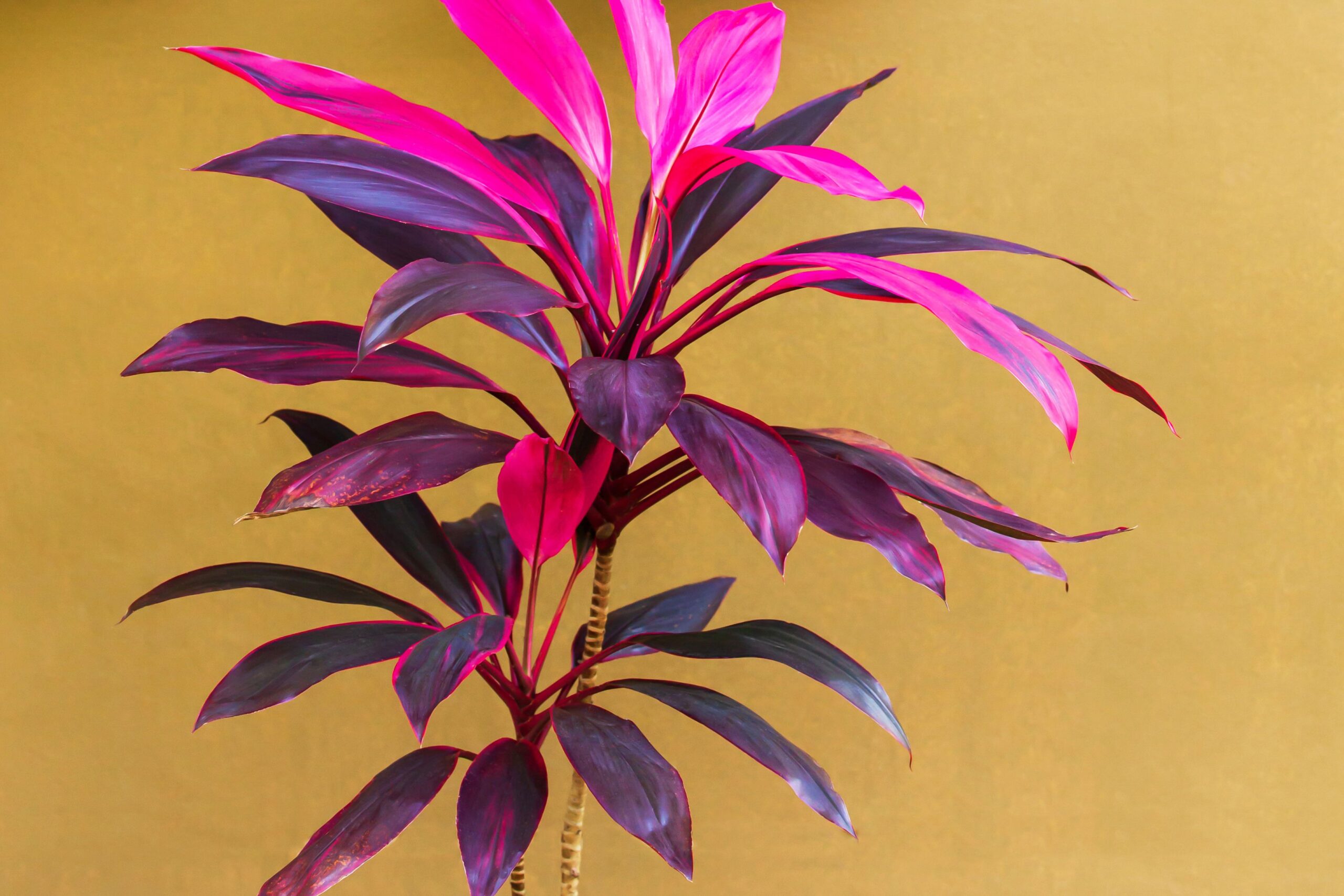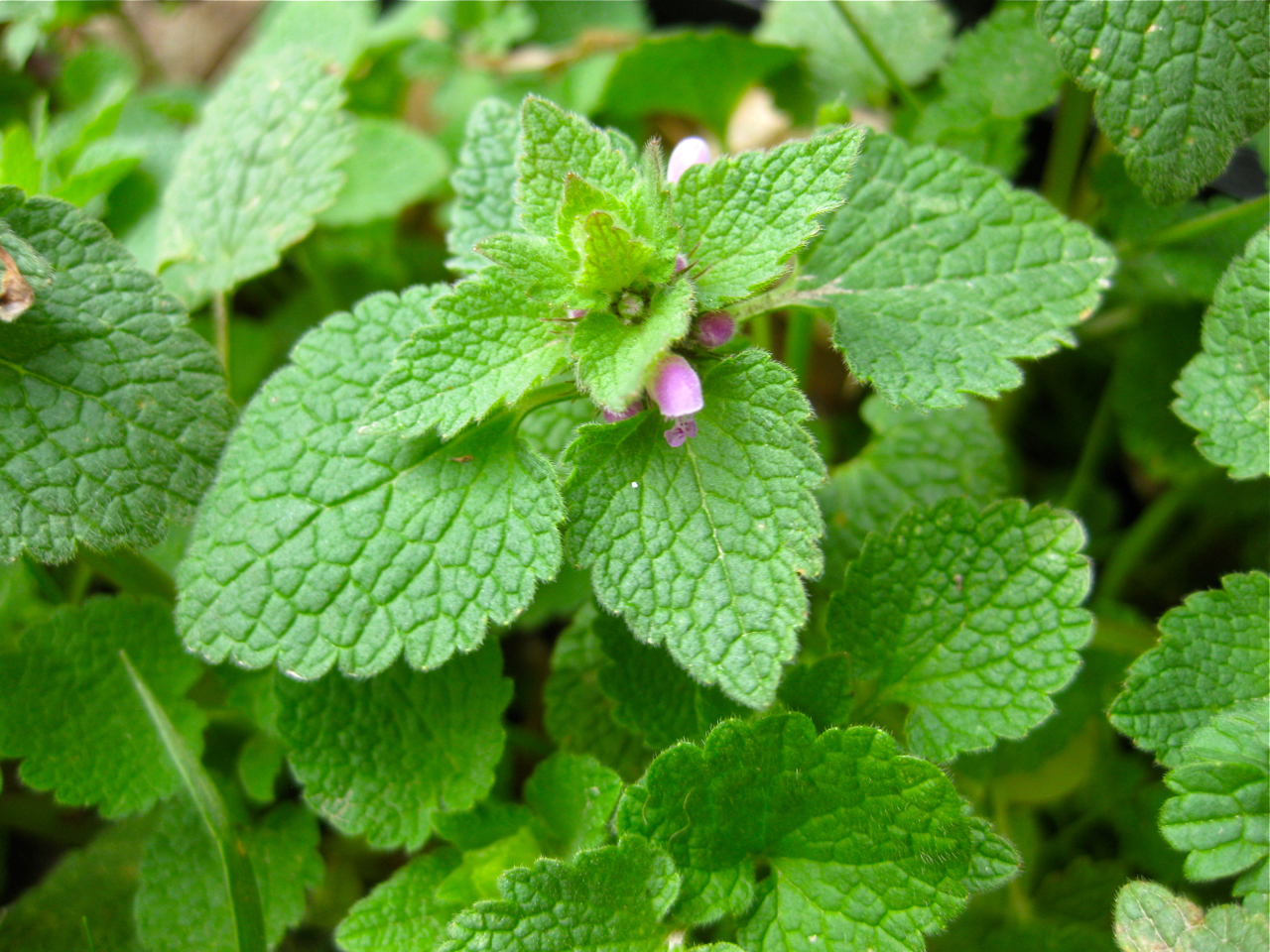Indoor herb gardens do not necessarily need direct sunlight but require sufficient natural light to thrive. Creating an indoor herb garden can be a delightful way to bring a touch of greenery and freshness to your home.
Not only do indoor herb gardens add beauty, but they also provide ready access to fresh herbs for your kitchen. While outdoor herb gardens rely on the sun for growth, indoor gardens have different requirements. One common question that arises is whether an indoor herb garden needs direct sunlight.
The answer is no, but these gardens still need sufficient natural light to grow effectively. We will explore the light requirements for indoor herb gardens and provide useful tips for successful herb cultivation indoors.
Importance Of Sunlight For Indoor Herb Gardens
Indoor herb gardens thrive in direct sunlight, as it provides essential nutrients for plant growth. Sunlight is crucial for photosynthesis, allowing herbs to produce energy and maintain their flavor and aroma.
Benefits Of Sunlight For Herbs
When it comes to growing a thriving indoor herb garden, one of the key factors to consider is the availability of direct sunlight. Sunlight plays a crucial role in the health and productivity of herbs, as it provides them with the energy they need for photosynthesis. Here are some important benefits that sunlight offers to indoor herbs:
- Enhanced growth: Adequate sunlight helps herbs to grow faster and healthier, resulting in more bountiful harvests.
- Stronger flavors: Sunlight stimulates the production of essential oils and antioxidants in herbs, resulting in more intense flavors and aromas.
- Vitamin production: Sunlight exposure promotes the synthesis of vitamins in herbs, making them more nutritious for consumption.
- Pest resistance: Sunlight exposure helps strengthen the natural defenses of herbs, making them more resistant to common pests and diseases.
Challenges Of Providing Adequate Sunlight Indoors
While sunlight is undeniably beneficial for indoor herb gardens, providing enough of it can be a challenge. Here are some hurdles that arise when trying to offer adequate sunlight indoors:
- Limited light availability: Indoor settings often lack the intensity and duration of natural sunlight. Trees, buildings, and shading can further reduce the amount of light reaching your herbs.
- Directional limitations: The direction your windows face and the position of your indoor herb garden can affect the amount of sunlight your herbs receive. North-facing windows, for example, provide the least amount of direct sunlight.
- Seasonal variations: The availability of sunlight differs throughout the year. During winter months or in regions with shorter daylight hours, it can be particularly challenging to meet the sunlight requirements of herbs.
- Space constraints: Limited space may restrict the placement of your indoor herb garden, making it difficult to find the ideal spot for maximum sunlight exposure.
In conclusion, while indoor herb gardens undoubtedly benefit from direct sunlight, it’s important to find creative solutions and work around the challenges that come with providing adequate sunlight indoors. By understanding the benefits of sunlight for herbs and addressing the challenges it poses, you can create an environment that allows your indoor herbs to thrive and flourish.
Understanding Herb Sunlight Requirements
Discover the sunlight needs of indoor herbs to thrive. Providing adequate light is essential for their growth and health. Positioning near a bright window can simulate natural sunlight.
Understanding Herb Sunlight Requirements Different Sunlight Needs of Various Herbs Herbs, like all plants, require sunlight to thrive, but not all herbs have the same sunlight needs. Understanding the specific sunlight requirements of the herbs you want to grow is crucial for a successful indoor herb garden. Some herbs thrive in direct sunlight, while others prefer partial shade. Basil: Enjoys at least 6-8 hours of sunlight daily. Mint: Requires partial shade, with around 4-6 hours of sunlight daily. Rosemary: Loves full sun, needing at least 6-8 hours of direct sunlight each day. Parsley: Prefers partial shade, getting 4-6 hours of sunlight daily. Thyme: Thrives in full sun but can do well with 4-6 hours of sunlight daily. Chives: Can tolerate partial shade but thrives best in full sun. How Lack of Sunlight Affects Herb Growth Adequate sunlight is essential for photosynthesis, the process by which plants convert light energy into chemical energy to fuel growth. Without enough sunlight, herbs may become leggy, have pale or yellow leaves, and exhibit stunted growth. Insufficient sunlight can also impact the flavor and aroma of the herbs, reducing their overall quality. Stunted Growth: Herbs lacking sunlight may struggle to grow taller, resulting in an undesirable appearance. Pale Leaves: Without sufficient sunlight, herb leaves may lose their lush green color and appear yellowish or pale. Reduced Flavor and Aroma: Insufficient sunlight can diminish the essential oils in herbs and affect the flavor and aroma they impart to dishes. Incorporating the specific sunlight needs of different herbs into your indoor garden planning is crucial for cultivating healthy, flavorful herbs for your culinary creations. Providing the right amount of sunlight will ensure your indoor herb garden thrives and yields bountiful, aromatic harvests.Determining The Right Amount Of Sunlight
Indoor herb gardens can thrive with indirect sunlight, ideally receiving at least 6 hours daily. Positioning near a bright window or using grow lights can help ensure optimal growth. Monitoring the plants for signs of legginess or wilting can indicate insufficient light levels.
Determining the Right Amount of Sunlight Factors to Consider in Sunlight Evaluation When it comes to growing herbs indoors, determining the right amount of sunlight is crucial for their health and growth. Factors to consider in evaluating the sunlight needs of your indoor herb garden include the specific requirements of the herbs you are growing, the orientation of your windows, the intensity of sunlight, and the duration of direct light exposure. Tools for Measuring Indoor Light Levels To accurately measure the light levels your indoor herb garden receives, you can use a handheld light meter or smartphone apps specifically designed for this purpose. These tools provide valuable data on light intensity, and can help determine the ideal placement for your herbs within your home. In addition to these tools, consider using a simple compass to find out the orientation of your windows, as this plays a significant role in the amount of sunlight your herbs will receive. By doing so, you can strategically position your herbs for optimal growth.:strip_icc()/window-hanging-herb-planter-05014de0-c912aa196673407ea37d5ff6dbc7bcda.jpg)
Credit: www.bhg.com
Alternative Light Sources For Indoor Herb Gardens
An indoor herb garden can thrive without direct sunlight with the help of alternative light sources. These include LED grow lights, fluorescent lights, and compact fluorescent lights (CFLs), which provide the necessary light spectrum for herbs to grow and flourish indoors.
When it comes to growing an indoor herb garden, sunlight is the key factor for their survival. But what if your home doesn’t receive enough direct sunlight? Don’t worry, there are alternative light sources available that can provide the necessary light for your herb garden to thrive.
Exploring Artificial Lighting Options
If your indoor space lacks natural light, artificial lighting can be a game-changer for your herb garden. You can choose from a variety of options that mimic the sun’s rays and provide the necessary light spectrum for plant growth.
Benefits And Drawbacks Of Different Light Sources
Let’s explore the benefits and drawbacks of different light sources commonly used for indoor herb gardens:
| Light Source | Benefits | Drawbacks |
|---|---|---|
| Fluorescent Lights |
|
|
| LED Lights |
|
|
| Incandescent Lights |
|
|
Consider the specific needs of your herb garden and choose the light source that aligns best with those requirements. Experimenting with different light sources may help you find the perfect solution for your indoor herb garden’s growth.
Tips For Positioning Indoor Herb Gardens
Indoor herb gardens benefit from direct sunlight for at least 4-6 hours daily. South-facing windows often provide adequate light. If natural light is limited, consider using grow lights to supplement. Be mindful of temperature and moisture levels to ensure optimal plant growth.
Start by optimizing the positioning of your indoor herb garden for maximum growth and health. Here are some Tips for Positioning Indoor Herb Gardens:Optimal Placement Strategies
– Place herbs near a south-facing window for at least 6 hours of sunlight. – Rotate the pots weekly to promote even sunlight exposure. – Consider using a grow light if natural light is limited.Managing Sunlight Exposure For Different Herbs
– Basil: Needs 6-8 hours of sunlight, place in a sunny location. – Mint: Thrives in partial sunlight, place in an east-facing window. – Rosemary: Requires at least 6 hours of full sunlight, place in a south-facing window. Remember to adjust the positioning based on the specific sunlight needs of each herb.Monitoring Light Levels And Adjusting
When setting up an indoor herb garden, monitoring light levels is crucial for the health and growth of your herbs. By evaluating the amount of sunlight your herbs are receiving and making adjustments as needed, you can ensure they thrive.
Signs Of Insufficient Sunlight
Inadequate sunlight can lead to stunted growth and lack of flavor in your herbs. To prevent this, watch out for yellowing or wilting leaves, which are signs of insufficient light.
Adapting Light Conditions For Herb Growth
If you notice signs of insufficient sunlight, consider moving your herb garden to a brighter location or supplementing natural light with grow lights. Be sure to rotate your herbs frequently to promote even growth.
Maintaining A Healthy Indoor Herb Garden
Maintaining a healthy indoor herb garden without direct sunlight is possible by choosing herbs that thrive in low light. Herbs like mint, parsley, and chives can adapt to lower light conditions and still flourish. Using grow lights or placing the garden near a bright window can also help provide the needed light for the plants to thrive.
Maintaining a Healthy Indoor Herb Garden Indoor herb gardens are an excellent way to bring fresh flavors to your culinary endeavors while brightening up your living space. However, ensuring that your herbs receive sufficient sunlight is crucial to maintaining their health and vibrancy. Balancing Sunlight and Other Growth Factors When cultivating an indoor herb garden, providing adequate sunlight is essential for the herbs to thrive. Most herbs require at least 6 hours of direct sunlight daily to grow optimally, making placement near a south-facing window ideal. However, if direct sunlight is limited, consider supplementing with artificial grow lights to ensure your herbs receive the light they need. Position your herbs strategically to prevent them from competing for light. Herbs that require more sunlight should be placed in the most sunlit areas. Moreover, ensure they have sufficient space for air circulation to prevent fungal issues. Troubleshooting Sunlight Issues If your indoor herb garden is displaying signs of stunted growth, yellowing leaves, or leggy stems, inadequate sunlight may be the culprit. Evaluate the placement of your herbs to ensure they receive enough direct sunlight. Additionally, consider rotating your herb pots periodically to encourage even growth and prevent them from leaning towards the light source excessively. If sunlight remains an issue, artificial grow lights can serve as a viable solution to supplement natural light.
Credit: www.pinterest.com

Credit: www.pinterest.com
Frequently Asked Questions Of Does An Indoor Herb Garden Need Direct Sunlight
Can Indoor Herb Gardens Thrive Without Direct Sunlight?
Yes, certain herbs like mint, cilantro, and chives can thrive in low light conditions.
What Are The Best Indoor Herbs For Low Light Environments?
Herbs such as parsley, thyme, and mint are excellent choices for low light environments.
How Can I Ensure My Indoor Herbs Get Sufficient Light?
Place your herbs near a south-facing window or use grow lights to provide adequate light.
What Are The Potential Issues With Inadequate Light For Indoor Herbs?
Insufficient light can result in leggy growth, decreased flavor, and poor overall health of the herbs.
Conclusion
An indoor herb garden can thrive without direct sunlight, as long as you provide the right conditions. By choosing the right herbs that are adaptable to low-light environments, using artificial lighting, and ensuring adequate air circulation and moisture levels, you can create a successful indoor herb garden.
With a little care and attention, you can enjoy fresh herbs all year round, even in spaces with limited sunlight.











